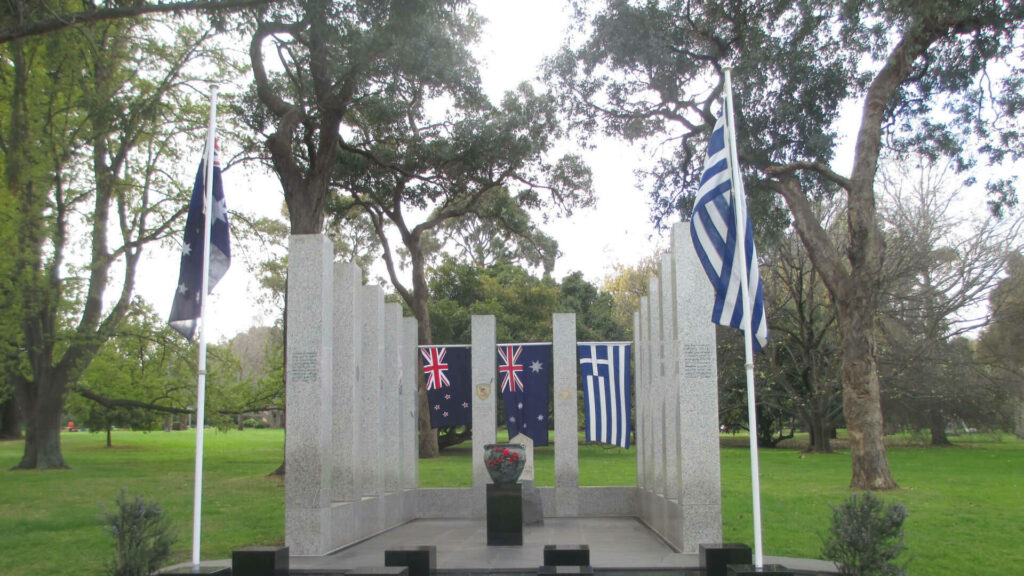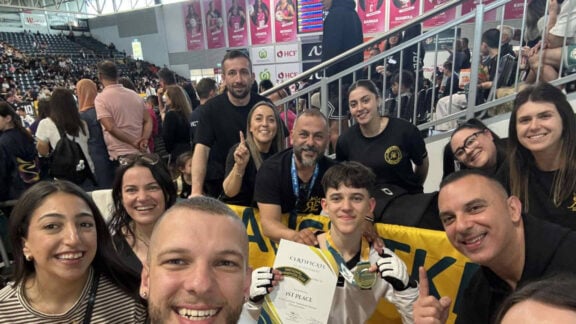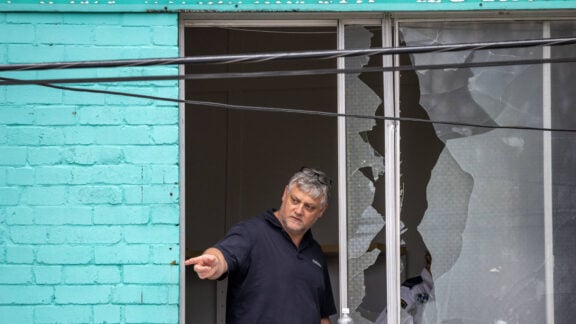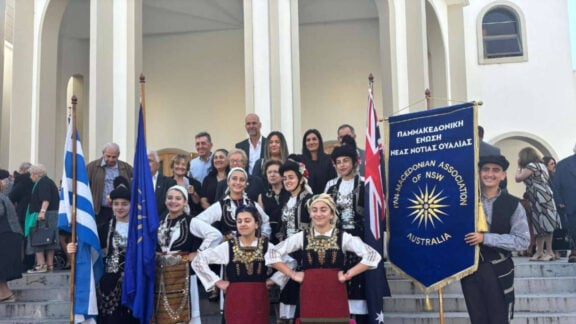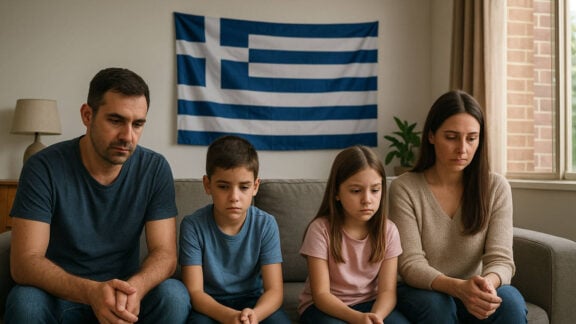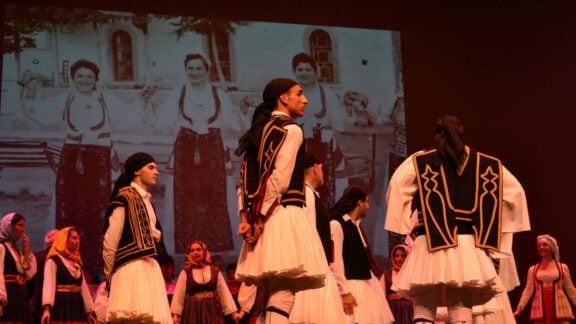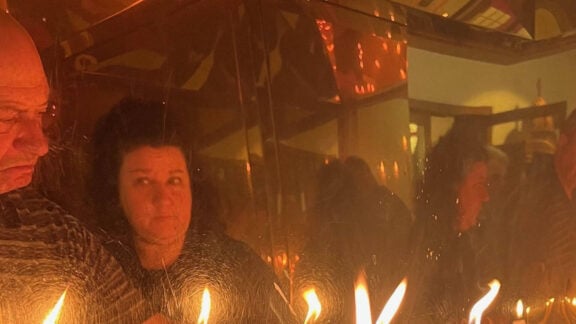The Australian Hellenic Memorial Foundation Committee has announced the opening of the 2024 School Competition for all Victorian schools teaching the Greek language.
The competition, supported by the Melbourne Greek Consulate for Educational Affairs will close on October 11.
In its 15th consecutive year, it invites students from Year 1 to Year 12 to participate and learn about Greece’s pivotal events and history during World War Two, as well as the significance of the Australian Hellenic Memorial while educating participants on the service and sacrifice of the men and women who served and died in Greece, ensuring their legacy is remembered.
THE HISTORY OF THE MEMORIAL AS INSPIRATION
The Australian Hellenic Memorial, located in the Domain Gardens of Melbourne near the Shrine of Remembrance, was unveiled in 2001.
It stands as a testament to the deep respect and enduring friendship between Greece and Australia. The memorial honors the sacrifices made by Australians and Greeks during World War II and World War I, particularly in Macedonia and Lemnos.
Constructed from valuable marble imported from Greece, the Memorial symbolises the commitment of both nations to freedom, democracy, liberty, and peace.
The twelve columns, the Crypt, the Oikos, and the Ballot Vase are integral elements of the Memorial, each representing the historical and cultural bonds between the two countries.
The Oikos, inspired by the cliffside monasteries of Mount Athos and the temple of Poseidon at Sounio, is made from Cretan limestone and Australian bluestone, symbolising the support of Australia for Greece. The Ballot Vase, adorned with olive and gum tree branches and filled with black pebbles, commemorates the shared struggle for justice and liberty.
Participants can express their understanding through various mediums, including stories, poems, drawings, or essays related to the Greek Campaign and the ANZACs in Greece.
CATEGORIES:
1. There are four categories, according to student’s school year level. Each category has two alternative presentation methods for the student entry:
Year Level: Presentation Method
1 – 3: Drawing or Painting
4 – 6: Drawing or Poem
7 – 9: Essay or Poem
10 – 12: Essay or Interview with a Veteran
2. Each student may submit only one entry in one of the above categories. No group entries are permitted.
3. A cover sheet must be attached to all entries providing the information requested. Entries without a cover sheet will not be assessed.
CRITERIA:
The Assessment Panel are looking for initiative, accuracy, sources with references, relevance, and where possible involvement of the 39ers and other Greek campaign veterans.
The following criteria will be taken in consideration in assessing the students’ entry:
1. The student’s age.
2. If the student entry is a drawing or painting, it will be assessed according to the originality of the work. Credit will be given to innovative work and means of expression. If a student entry shows evidence of plagiarism or that someone else other than the student created the work, then that entry will be disqualified. Before disqualifying a particular student entry there will be an investigation of the possibility of the student having a highly developed artistic talent.
3. If the student entry is an essay, poem or interview it will be assessed according to its content, comprehension of the topic, presentation and coherence of the work. As well as its articulation, expression, punctuation and structure.
4. Were the entry incorporates writing it can be in either English or Greek.
5. All entries will be marked out of 100.
Cash prizes ranging from $50 to $250 will be awarded to the winners, and all participants will receive a badge of the Memorial and a certificate of participation.
The awards will be presented in October at the Australian Hellenic Memorial.
For more information, please contact Secretary Peter Andrianopoulos at 0416 020 865.
